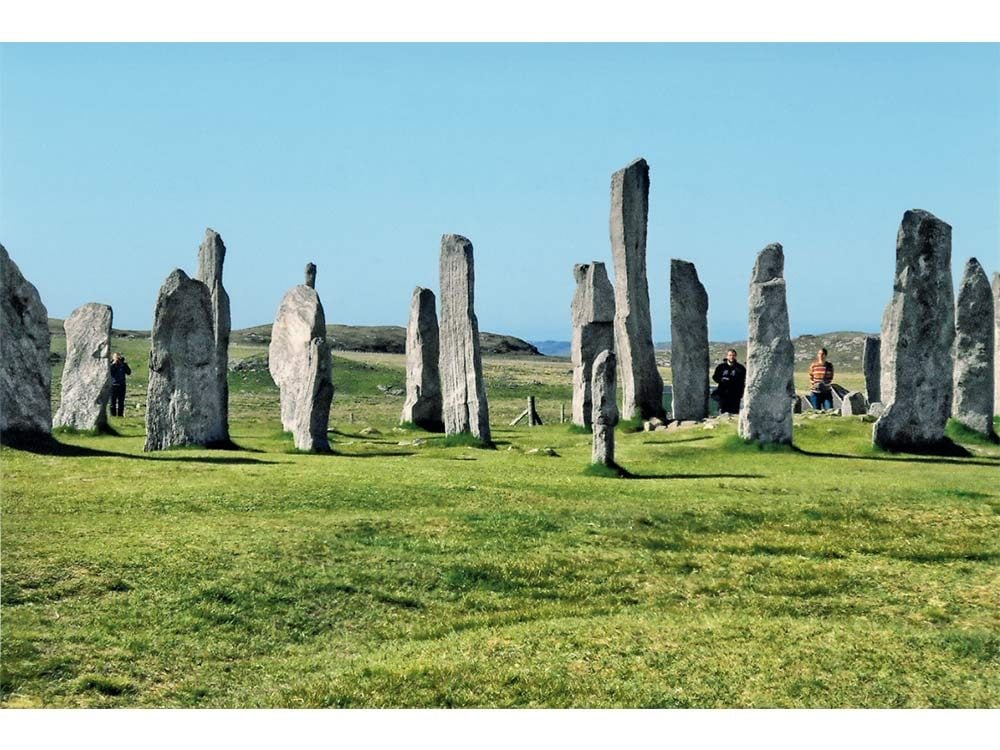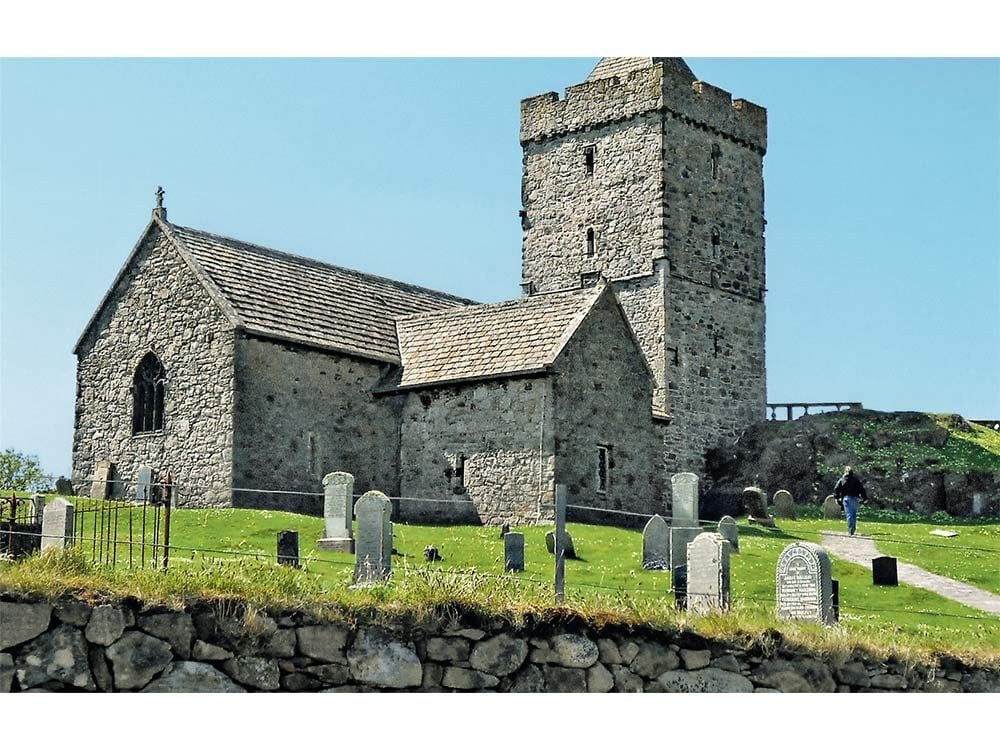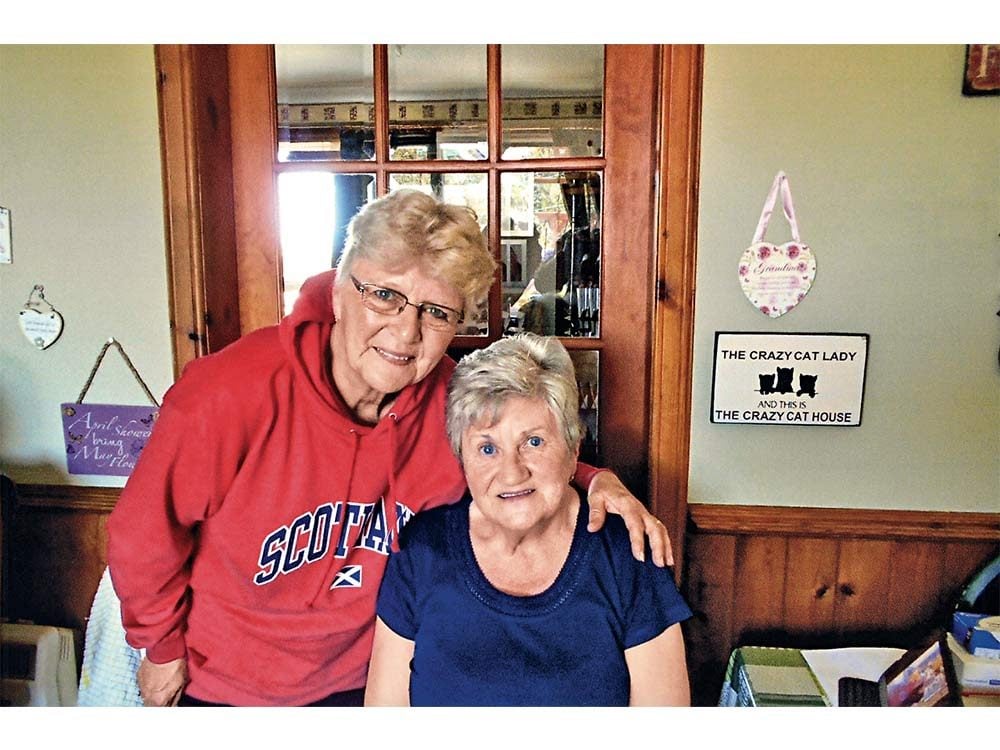
A Return to Scotland
On May 15, 2016, I was off to visit my native Scotland. I was very excited about this trip, as I was also going to meet my pen pal Isabella Maclean for the very first time. We became pen pals a few years ago through an ad in a knitting magazine. As I was planning my trip, I managed to contact Isabella’s daughter and we set up my visit as a surprise.
After exploring central Scotland with my cousin Ivy Greenwell—and reconnecting with many other cousins—we travelled to the Isle of Lewis, part of the Outer Hebrides, off of the northwest corner of Scotland. We caught the ferry at Ullapool, and after almost three hours of smooth sailing and watching playful dolphins, we arrived in Stornoway, the capital of Lewis, which is the northern-most island of the Outer Hebrides, and the largest with an area of 683 square miles. The Gaelic name is Eilean Leodhais; Gaelic is still widely spoken here.
The sightseeing was absolutely breathtaking, with beaches that you would think belong in the Caribbean—but no bikinis to be seen! Then, there were the Callanish Stones, a cross-shaped setting of stones erected about 5,000 years ago, pre-dating Stonehenge in England. Next, it was on to Dun Calloway to see the remains of a “broch” that was built around 200 BC. The hollow-walled stone structure is shaped in the form of a beehive and features an inner wall also made of stone. It is said that family members lived within the inner shell, which stands two storeys high, and their animals were housed in the outer shell. Evidence gathered over the years suggests that Dun Calloway was used and occupied until about 1,000 AD.

Living in History
There are still several “blackhouses” on the island, so named because a peat fire was used for heating and cooking, but there was no chimney and the window openings were quite small. These blackhouses were built of stone in the early 1800s and usually had a thatched roof. Some were still inhabited until the early 1970s, but these had modern fireplaces and functioning chimneys. There are two original blackhouses that are available to be toured; a few others have been completely restored and modernized, and can be rented for self-catered holidays.
St. Clement’s Church, another memorable stop on our journey, was founded by Alasdair MacLeod, 8th Chief of the Clan MacLeod. He died in 1547 and his tomb is situated in the church’s recess.
Discover the 50+ must-see London attractions.

A Sweet Reunion
During our week on the island, I met up with my pen pal, Isabella. We had a wonderful visit together over the course of two afternoons, and I am sure our friendship will continue through our letters for a long time to come.
Next, check out the adventure this New Brunswick family had close to home in Atlantic Canada.